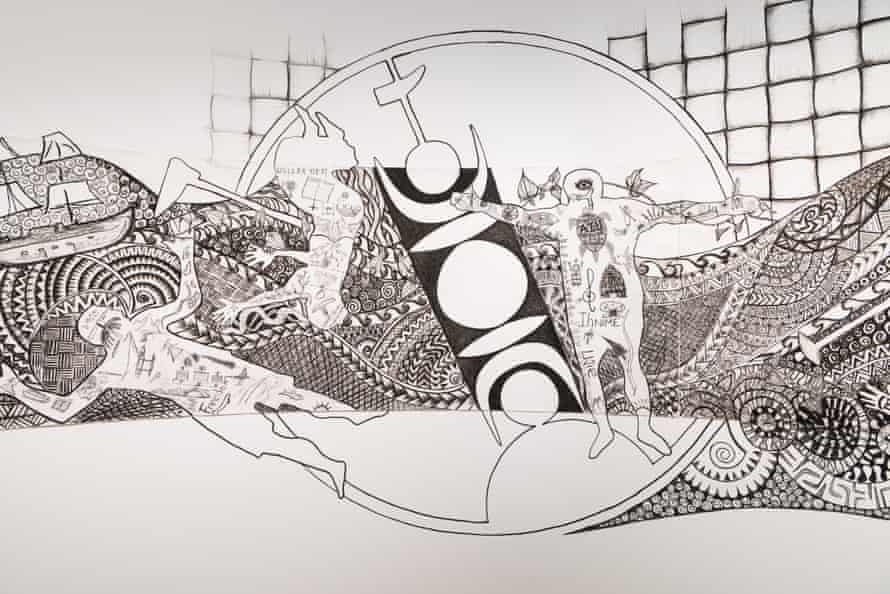If you look at zero you see nothing; but look through it and you will see the world.
For zero brings into focus the great, organic sprawl of mathematics,
and mathematics in turn the complex nature of things.
From counting to calculating, from estimating the odds to knowing exactly
when the tides in our affairs will crest, the shining tools of mathematics
let us follow the tacking course everything takes through everything else –
and all of their parts swing on the smallest of pivots, zero
With these mental devices we make visible the hidden laws
controlling the objects around us in their cycles and swerves.
Even the mind itself is mirrored in mathematics,
its endless reflections now confusing,
now clarifying insight.
The story begins some 5,000 years ago with the Sumerians,
those lively people who settled in Mesopotamia (part of what is now Iraq).
When you read, on one of their clay tablets, this exchange between father and son:
“Where did you go?” “Nowhere.” “Then why are you late?”,
you realize that 5,000 years are like an evening gone.
The Sumerians counted by 1s and 10s but also by 60s.
This may seem bizarre until you recall that we do too, using 60 for minutes
in an hour (and 6 × 60 = 360 for degrees in a circle). Worse, we also count by 12
when it comes to months in a year, 7 for days in a week, 24 for hours in a day
and 16 for ounces in a pound or a pint. Up until 1971 the British counted
their pennies in heaps of 12 to a shilling but heaps of 20 shillings to a pound.
Tug on each of these different systems and you’ll unravel a history
of customs and compromises, showing what you thought was quirky
to be the most natural thing in the world. In the case of the Sumerians,
a 60-base (sexagesimal) system most likely sprang from their dealings
with another culture whose system of weights —
and hence of monetary value — differed from their own.
Haven’t we all an ancient sense that for something to exist it must have a name?
Many a child refuses to accept the argument that the numbers go on forever
(just add one to any candidate for the last) because names run out.
For them a googol — 1 with 100 zeroes after it — is a large and living friend,
as is a googolplex (10 to the googol power, in an Archimedean spirit).
Names belong to things, but zero belongs to nothing.
It counts the totality of what isn’t there. By this reasoning it must be everywhere
with regard to this and that: with regard, for instance, to the number
of humming-birds in that bowl with seven — or now six — apples.
Then what does zero name? It looks like a smaller version of
Gertrude Stein’s Oakland, having no there there.
While having a symbol for zero matters, having the notion matters more,
and whether this came from the Babylonians directly or through the Greeks,
what is hanging in the balance here in India is the character this notion will take:
will it be the idea of the absence of any number —
or the idea of a number for such absence?
~ Robert Kaplan
excerpts from The Nothing that Is:
A natural history of zero
with thanks to brainpickings





































